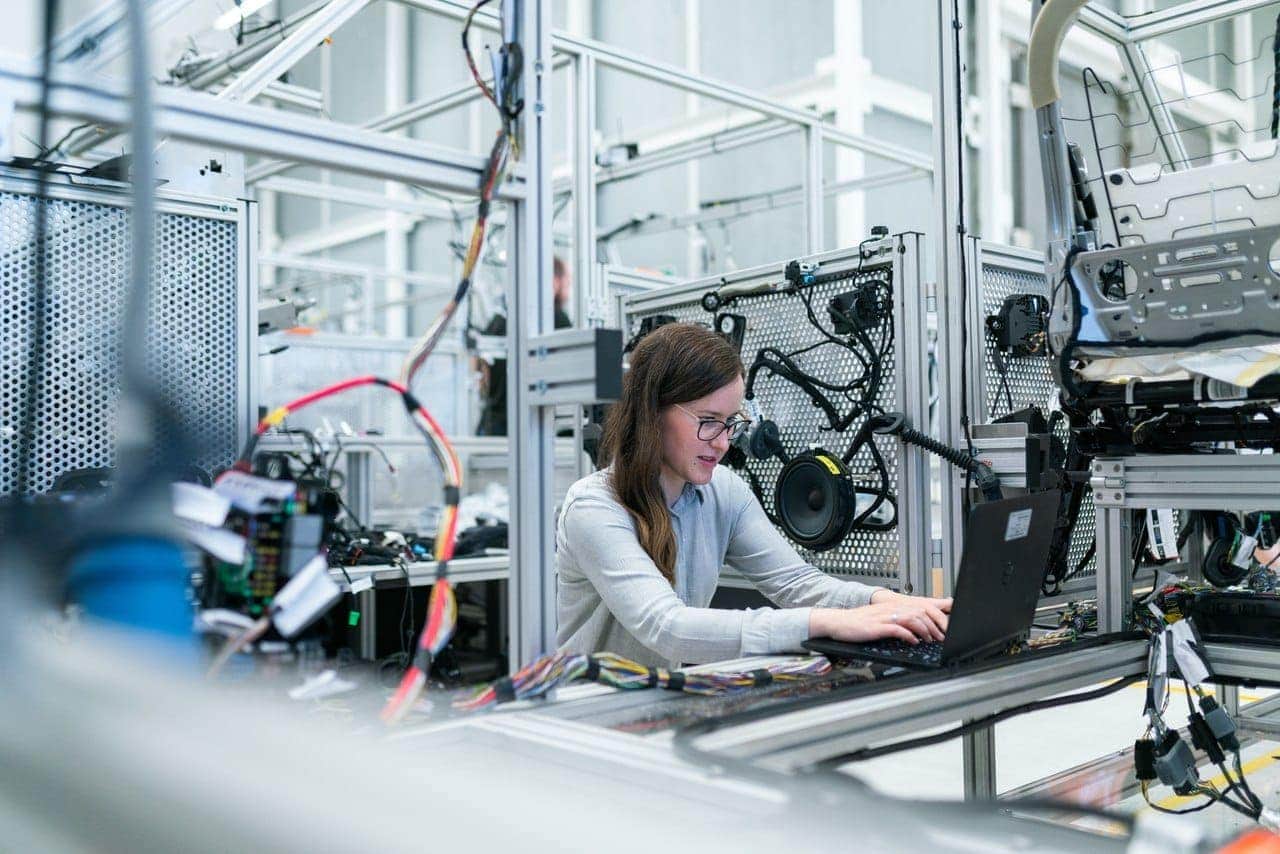
Shaping future generations through the promotion of STEM careers
24 of September of 2021
Growing up in the suburbs of Washington D.C in the 90s, I never felt like I lacked exposure to educational disciplines. I went through elementary, middle and high school following the ‘standard’ curriculum that so many of us are familiar with.
I spent my school days taking classes in history, science, physical education and the three ‘R’s – reading, writing and arithmetic. All of these subjects were fine in their own regards but what I didn’t see at the time was the inherent problem with this form of learning: each of the subjects were isolated from one another. It wasn’t until middle school when we chose our elective courses that I was exposed to a concept of educational integration. However, I wouldn’t learn its name until 10 years later: S.T.E.M. – Science, Technology, Engineering and Mathematics. S.T.E.M education differs from the ‘traditional’ approach to teaching by integrating the four elements and teaching them together.

The importance of technology
As we discuss S.T.E.M., it’s important to reflect on the changes that occur over the years, the decades and the milestones of life. It gives us some perspective of the integration of technology in our lives. Just as a student gets older and moves through the different phases of education, technology is moving and advancing alongside us.
In the early 90s, we watched TV shows under a rabbit ear antenna, recording the shows we missed on VHS video tapes and if we were lucky, possibly using the best internet of the day at home, the 56k DSL modem. Fast forward to 2021 and technology has grown up alongside us. Nowadays even young school children carry top of the range smartphones that allow them high quality internet access 24/7, our household appliances are getting smarter by the day and social media has become a key and integrated part of most people’s lives. Technology is encompassing almost every aspect of our lives and is likely to continue doing so for many decades to come so it is all the more important that we embrace S.T.E.M.
Why promote STEM careers?
Embracing S.T.E.M. in schools not only prepares students for a more technically advanced world but also arms them with the skills to prepare for their own, individual futures. Students who study AP S.T.E.M. courses learn skills such as critical thinking, problem solving and effective collaboration that can be carried forward to college and future careers. All around the country, there are passionate and talented teachers that have dedicated their professional lives to preparing their students for these exciting futures ahead but if teachers don’t have enough high quality resources, even the best of them will find it difficult to teach S.T.E.M. effectively.

Acting as role models
Therefore, we partner with local schools in the areas where our projects are based to help fund the educational resources that empower teachers to ensure their students can discover their passions in the field, reach their potential and succeed as lifelong learners and problem solvers.
Given the opportunity, every student can be successful. If we continue to promote and support the study of S.T.E.M., we are helping students achieve this success. The potential jobs available to those who study S.T.E.M. are varied, exciting and constantly in demand. We are creating the next generation of computer scientists, engineers, mathematicians and quite possibly the teachers who will go on to share these essential subjects with the generation that follows them.





There are no comments yet